- News
- Reviews
- Bikes
- Components
- Bar tape & grips
- Bottom brackets
- Brake & gear cables
- Brake & STI levers
- Brake pads & spares
- Brakes
- Cassettes & freewheels
- Chains
- Chainsets & chainrings
- Derailleurs - front
- Derailleurs - rear
- Forks
- Gear levers & shifters
- Groupsets
- Handlebars & extensions
- Headsets
- Hubs
- Inner tubes
- Pedals
- Quick releases & skewers
- Saddles
- Seatposts
- Stems
- Wheels
- Tyres
- Tubeless valves
- Accessories
- Accessories - misc
- Computer mounts
- Bags
- Bar ends
- Bike bags & cases
- Bottle cages
- Bottles
- Cameras
- Car racks
- Child seats
- Computers
- Glasses
- GPS units
- Helmets
- Lights - front
- Lights - rear
- Lights - sets
- Locks
- Mirrors
- Mudguards
- Racks
- Pumps & CO2 inflators
- Puncture kits
- Reflectives
- Smart watches
- Stands and racks
- Trailers
- Clothing
- Health, fitness and nutrition
- Tools and workshop
- Miscellaneous
- Buyers Guides
- Features
- Forum
- Recommends
- Podcast
review
 2022 Cannondale Intake MIPS Adult Helmet.jpg
2022 Cannondale Intake MIPS Adult Helmet.jpg£80.00
VERDICT:
Light helmet at a decent price for including Mips tech, but limited sizing and adjustment limit appeal
Versatile
Mips equipped
Decent value for the tech
No vertical fit adjustment
Limited sizes
Limited colours
Weight:
284g
Contact:
At road.cc every product is thoroughly tested for as long as it takes to get a proper insight into how well it works. Our reviewers are experienced cyclists that we trust to be objective. While we strive to ensure that opinions expressed are backed up by facts, reviews are by their nature an informed opinion, not a definitive verdict. We don't intentionally try to break anything (except locks) but we do try to look for weak points in any design. The overall score is not just an average of the other scores: it reflects both a product's function and value – with value determined by how a product compares with items of similar spec, quality, and price.
What the road.cc scores meanGood scores are more common than bad, because fortunately good products are more common than bad.
- Exceptional
- Excellent
- Very Good
- Good
- Quite good
- Average
- Not so good
- Poor
- Bad
- Appalling
The Cannondale Intake MIPS helmet offers the extra safety tech layer at a pretty low price, especially if you shop around. Unfortunately, while some of the best cycling helmets feature Mips technology without issue, here it seems to come at the cost of limited fit adjustment.
If you don't know by now, Mips is a patented plastic insert that's loosely tethered inside a helmet to provide extra movement in the event of a shock to the head. The idea is that the insert moves like a second scalp, protecting the brain from some of the damaging rotational forces that can occur in an impact. (If you'd like to learn more, we have a handy guide to all you need to know about MIPS.) Adding this patented technology also tends to add cost, so it's good to see Cannondale bringing the price of a quality branded, Mips-equipped lid well under £100.
The Impact MIPS is a slightly unconventional helmet, style-wise, eschewing the current trend for 'more-vents-than-helmet' designs. The Impact sports a large expanse of shell, with five intake vents at the front and temples. Cannondale has compensated for the smaller number of vents on top by engineering an internal channel from the front-centre vent, running over the top of the head to one of the six large exit ports at the back.
I find most race-orientated helmets over-ventilated, and I keep the draught out with a cap or beanie for nine months of the year. During high-speed descents I found the Intake a little less draughty than some, but it wasn't unreasonably sweaty on long climbs, despite the extraordinary summer we've had. The modest weight probably plays a part in this. It strikes a good balance.
The smooth design is, presumably, what prompts Cannondale to describe this as its 'fastest' helmet, though the website doesn't offer any science to back that up. I prefer to think that any PRs I racked up this summer were down to my superior training and fitness rather than a smooth helmet, though I could be wrong. In any case, in a helmet marketed as an all-rounder, it's hard to see why this would matter, unless you intend to do a little time trialling in it.
Cannondale flags up the sunglasses storage capability of the side vents in its 'highlights' list; for the record this worked well, in the upside-down pro style.
Quality
To meet the relatively low price point (for a light, Mips-equipped lid), Cannondale has inevitably had to make compromises. There's a fair bit of exposed expanded polystyrene at the exit vents and some of the moulding was a bit untidy around the rim.
The chin strap is basic, too; in particular the adjusters below the ears are a simple v-shaped moulding through which the straps are routed. The straps are deliberately threaded through with creases in them to prevent the adjuster sliding up and down too freely. It's a bit crude, but it actually works well and the adjuster sits nice and flat against the side of the face.
Fit
More problematic is the fit adjustment. The diameter is adjusted with a ratchet wheel at the back of the head, but there's no provision for changing the vertical fit.
This was an issue for me because, having a 58cm head, I was near the upper limit of the small/medium size supplied. The ratchet wheel assembly sat just a little too high on the back of my head so that, when I rode, the front of the helmet tended to ride up from the brow to compensate.
On the other hand, my wife, who has a 56cm diameter skull, found it fine, regardless of the lack of height adjustment.
If the Intake came in small, medium and large sizes this problem might not arise. But it doesn't. (We have a feature showing you how to set up your helmet in 10 steps, if you're not sure.)
Style and colours
Cannondale describes the Intake MIPS as a 'do it all' helmet. It certainly looks more like a commuter or gravel lid than a minimalist race helmet, but still performs okay on the road bike, or as an alternative to a mountain bike lid on the gravel or touring bike.
The Cannondale website shows the helmet as being available in all black (as tested) or with a contrasting yellow insert at the temple vents. At the time of writing there was a dark blue option at Sigma Sports that isn't mentioned on Cannondale's website. More (and brighter) colour options would be welcome.
Value and conclusion
At 284g, it's lighter than many budget Mips helmets including the Abus Macator (£69.99), which Matt, in his review, also found unduly sweaty – not a problem I experienced with the Intake.
The cheapest Mips-equipped helmet we've tested lately is the Specialized Align II, at a very attractive £45, though it is considerably heavier. You can read Hollis's review for more.
Earlier this year I tested Met's Estro MIPS helmet, which I maintain is a better helmet – you can read my review for more details. It is £40 more, so half the price again, but the better fit would be worth the extra.
Shopping around, the Intake MIPS can be had for around £50, which is getting into budget helmet territory – but it's only a good economy if it fits you well.
Verdict
Light helmet at a decent price for including Mips tech, but limited sizing and adjustment limit appeal
road.cc test report
Make and model: Cannondale Intake MIPS Helmet
Size tested: S/M
Tell us what the product is for and who it's aimed at. What do the manufacturers say about it? How does that compare to your own feelings about it?
Cannondale calls this a "Modern "do-it-all" helmet"; Designed for diverse cyclists riding on road, paths, gravel and dirt, this helmet will match your style when taking on any discipline.
"Where it thrives", it says, is "Out in the elements, the open road, challenging trails."
What it's built for is "Speed, comfort".
Tell us some more about the technical aspects of the product?
Cannondale lists these 'highlights':
13 air vents
Superport for sunglass storage
"Cannondale's fastest helmet"
MIPS equipped
Claimed 280g
Sizes: S/M: 52-58cm
L/XL: 59-62cm
Rate the product for quality of construction:
6/10
Generally okay; there's a fair bit of exposed expanded polystyrene at the rear vents and some of the moulding around the rim is untidy, but that doesn't affect function.
Rate the product for performance:
6/10
Cannondale pitches this as a do-it-all helmet and it's certainly well suited to a commute or a bit of gravel riding, sitting somewhere between a road and mountain bike helmet. As it's not too heavy, I found it fine for longer road rides, too, but the fit limited its appeal. Cannondale also says it's its "fastest helmet" but I really wouldn't like to comment on whether it's a "fast" helmet, though the smooth shell must help with air flow.
Rate the product for durability:
7/10
The simplicity of the design and construction suggests there's little to go wrong.
Rate the product for weight (if applicable)
8/10
Its 284g is pretty good for a Mips-equipped helmet at this price. It's only 2g heavier than the Giro Synthe MIPS II, at £179.99, that we reviewed earlier this year.
Rate the product for comfort (if applicable)
6/10
This is fine if it fits; my wife, whose head is a dainty 56cm, found it comfortable, but it's at the upper limit of 58cm and I couldn't get enough adjustment. This was down to the lack of a vertical adjuster rather than the limits of the diameter adjustment, and not helped by the helmet only coming in two sizes.
Rate the product for value:
5/10
It compares well with others; if it fits comfortably it's worth the money.
Tell us how the product performed overall when used for its designed purpose
Not too hot, not too cold, the Intake strikes a good balance between venting and overheating. The looks put it in the commute/gravel ride/touring camp but it's also fine for road riding as it's quite light for the price. That fits with Cannondale's "do-it-all" claim – even maybe a bit of time trialling if the smooth design is anything to go by. Unfortunately, the lack of a height adjuster meant I couldn't get a secure fit, even though I was inside the size limit for the small/medium test helmet. If given a choice between good adjustment and Mips, I'd go for the adjustment.
Tell us what you particularly liked about the product
Good value, light and versatile; not too cool or too sweaty.
Tell us what you particularly disliked about the product
Restricted adjustability; limited sizing and colour range.
How does the price compare to that of similar products in the market, including ones recently tested on road.cc?
The cheapest Mips-equipped helmet we've tested lately is the Specialized Align II, at a very attractive £45, though it does weigh considerably more.
The Abus Macator comes in at a mere £69, but Matt found it unduly sweaty – not a problem I experienced with the Intake.
Earlier this year I tested Met's £120 Estro MIPS helmet, which I think is a better helmet and worth the extra £40.
Did you enjoy using the product? Not really, because of the fit problems.
Would you consider buying the product? No
Would you recommend the product to a friend? Maybe, if it fits.
Use this box to explain your overall score
If you are looking for a helmet that spans a few disciplines – and it fits – it's worth considering. It's light for the price, not too warm or too draughty, and comes with Mips tech. However, it's lacking a height adjuster, and the fit won't suit all, not helped by only being available in two sizes. I'd swap the Mips for height adjustment and a better fit, which I'd argue is more important for safety.
About the tester
Age: 57
I usually ride: Cannondale CAAD10 My best bike is: Tomassini Prestige
I've been riding for: Over 20 years I ride: A few times a week I would class myself as: Experienced
I regularly do the following types of riding: touring, sportives, general fitness riding, mtb,
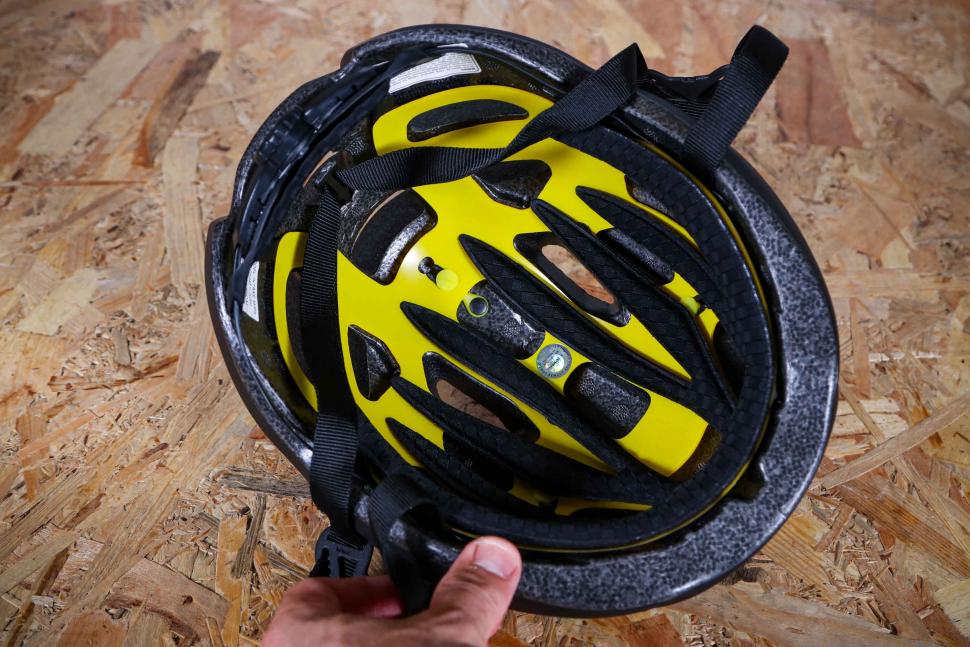













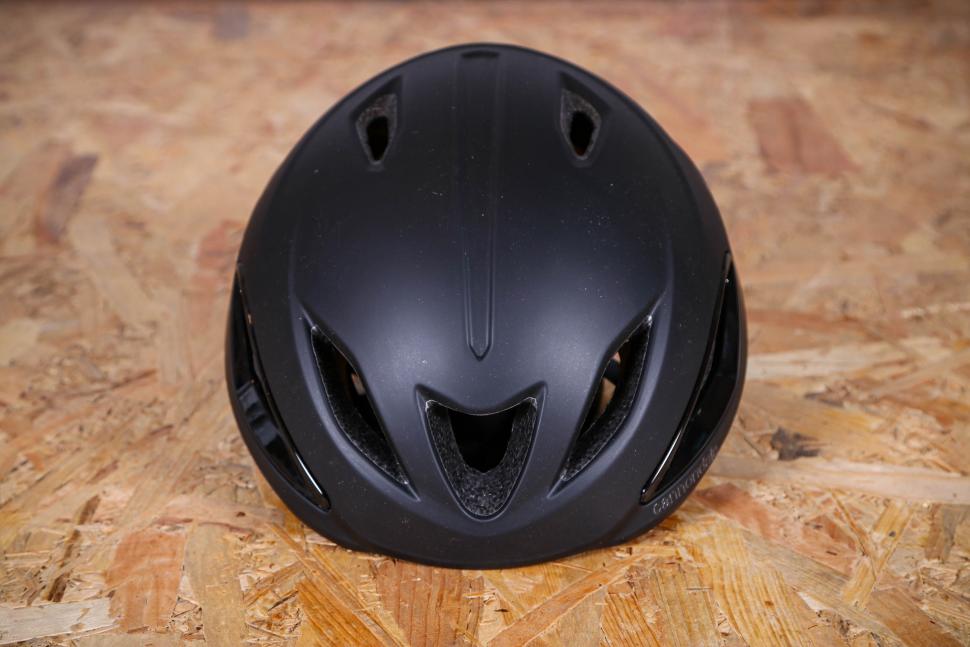
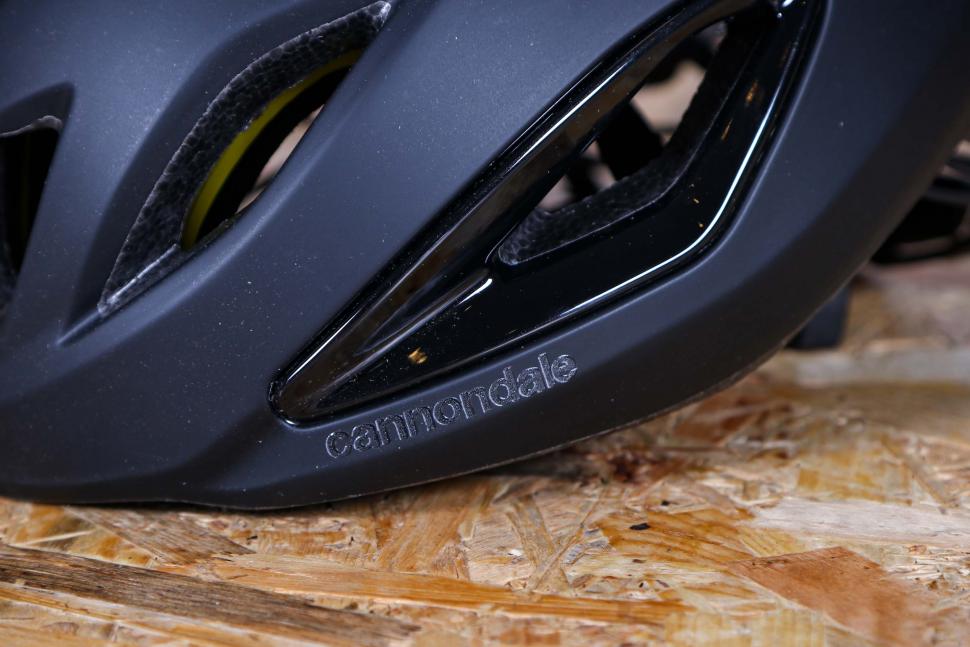
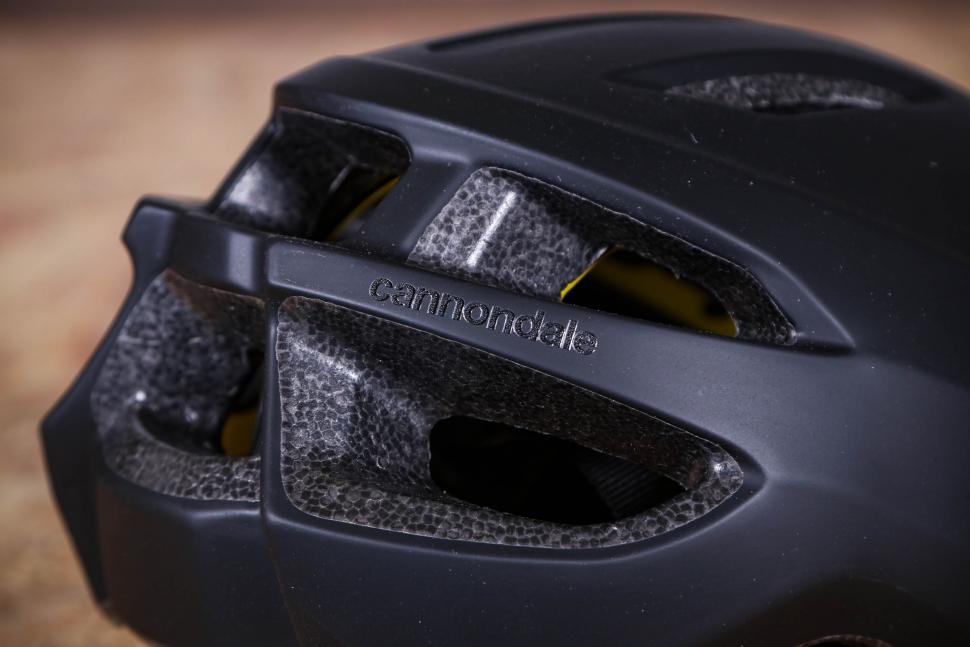
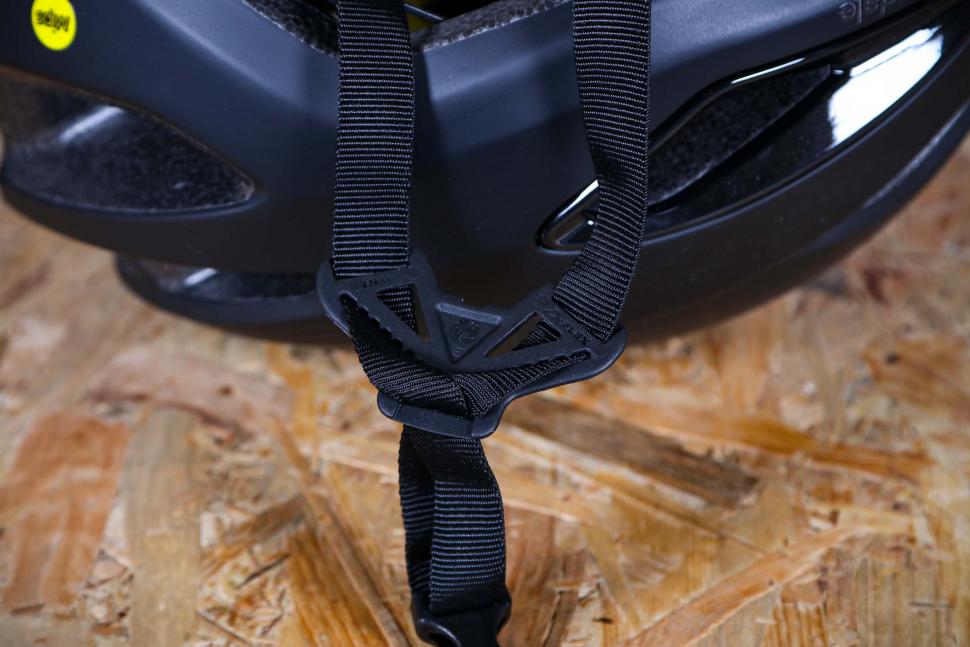
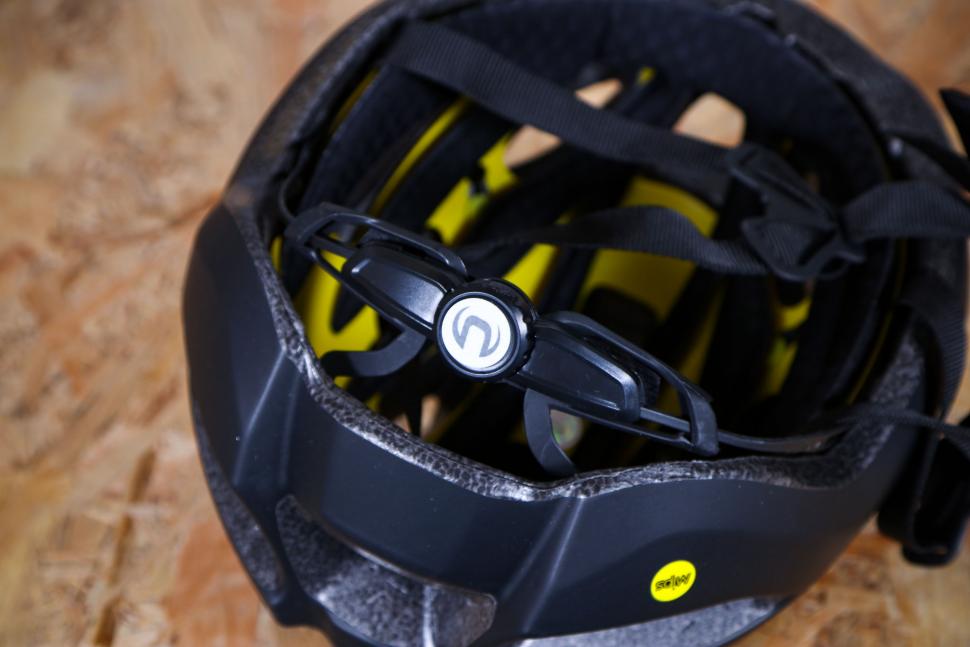
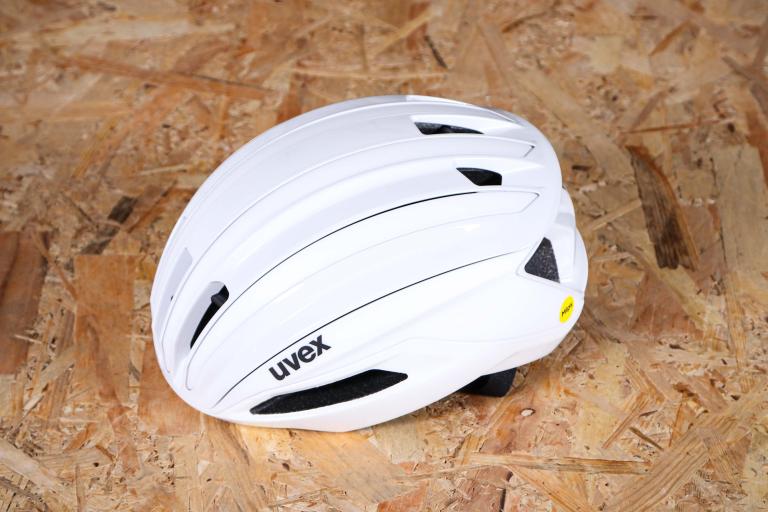
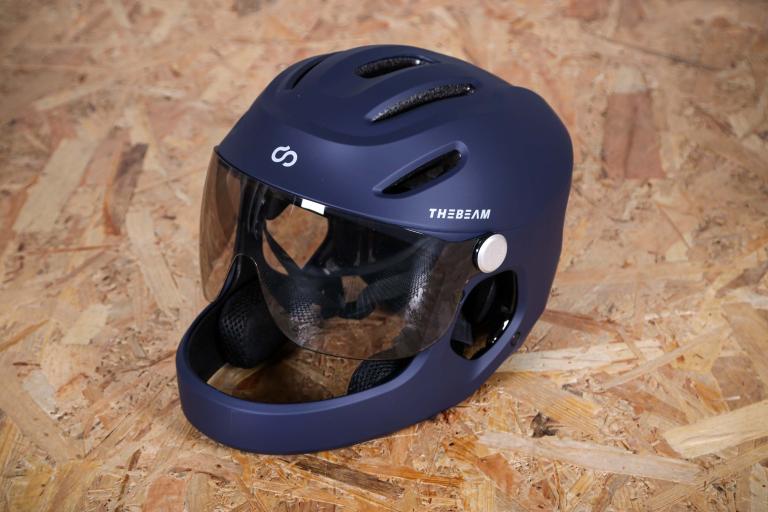
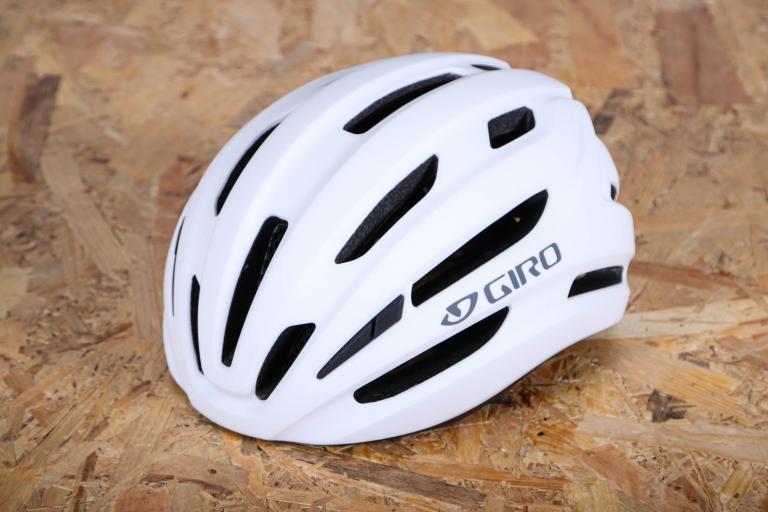
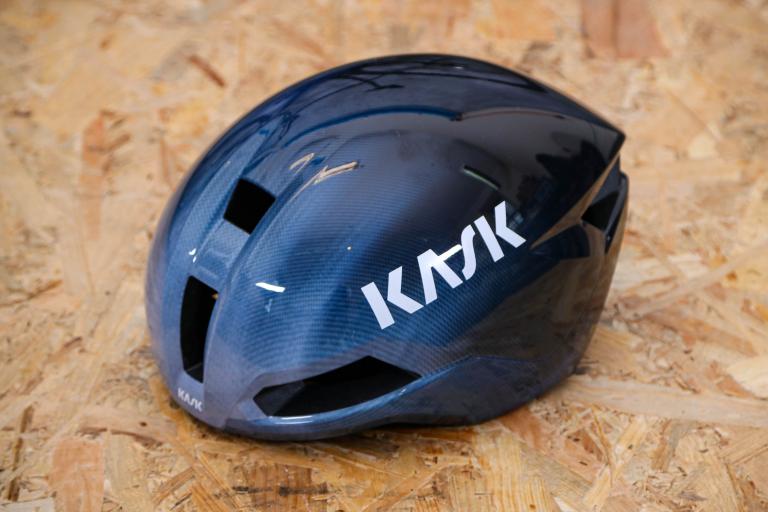
Not every freehub makes a noise, especially older ones manufactured before sounding like a Maxim gun apparently became a badge of honour.
Some quotes need to be put around the word "reciprocal" in the first paragraph.
this one is wide open for puns, come on people.
Do you mean this woman, who got out to marshall the truck through and is now walking back to said Wankpanzer which is blocking the road again as it...
This simply isn't true. I've been running radar lights for 10 years now. I cycle mostly on rural roads, I get notified of approaching vehicles up...
YUP!...
Genuinely puzzled as to how you've extrapolated that from what I said. Care to explain?
He is up against the global trading system, which has obviously been in the news a lot lately. Framebuilders in other countries can undercut him,...
Some kind of lens cleaner apparently
Have you owned Bont shoes? In my experience even the widest Lake shoes have had a bizarre form of narrowing way too much in the toe area. But the...